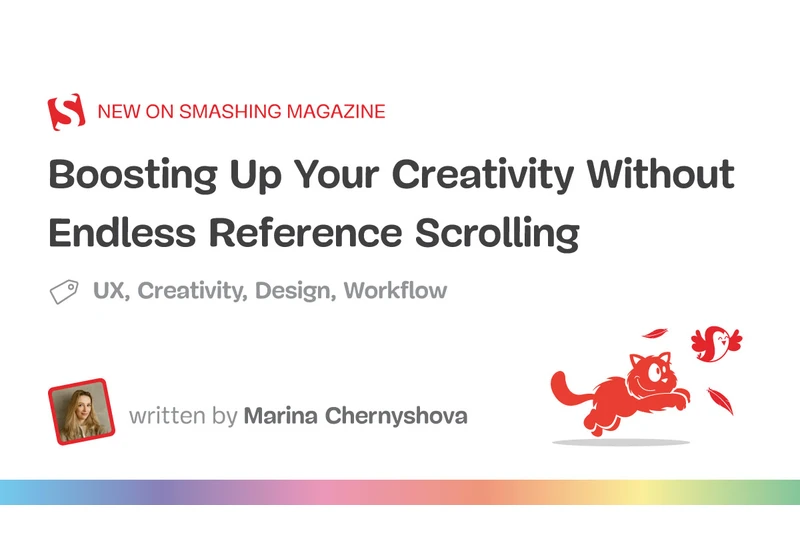
While it is clear that creativity is driven by both the left and right hemispheres, an important question remains: how can we boost creativity while keeping the process enjoyable? It may not be obvious, but non-design-related activities can, in fact, be an opportunity to enhance creativity. https://smashingmagazine.com/2025/04/neuroscience-designers-boost-creativity-endless-reference-scrolling/
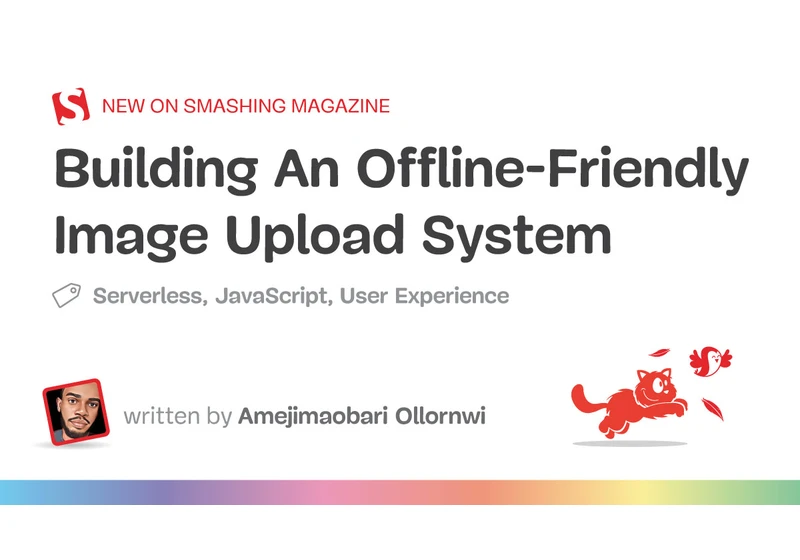
Poor internet connectivity doesn’t have to mean poor UX. With PWA technologies like IndexedDB, service workers, and the Background Sync API, you can build an offline-friendly image upload system that queues uploads and retries them automatically — so your users can upload stress-free, even when offline.
https://smashingmagazine.com/2025/04/building-offline-friendly-image-upload-system/
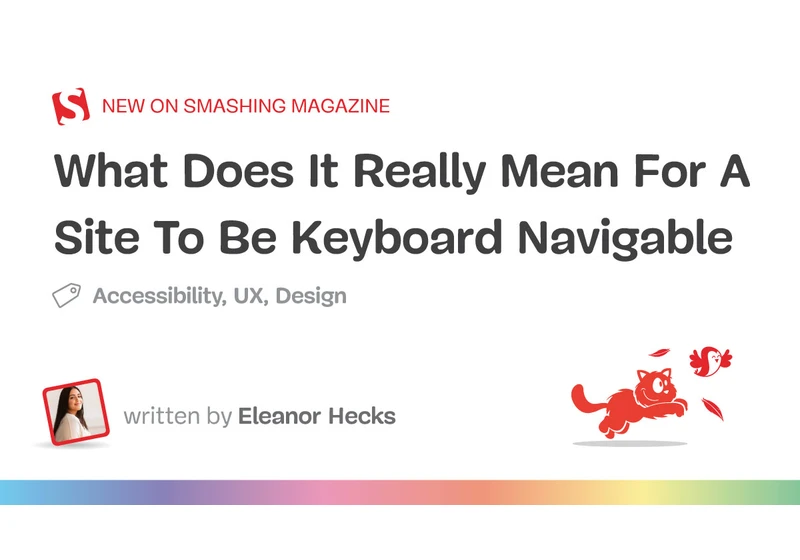
Keyboard navigation is a vital aspect of accessible web design, and a detail-oriented approach is crucial. Prioritizing keyboard navigation prioritizes the user experience for a diverse audience, extending your reach while simultaneously fostering a more inclusive web environment. https://smashingmagazine.com/2025/04/what-mean-site-be-keyboard-navigable/
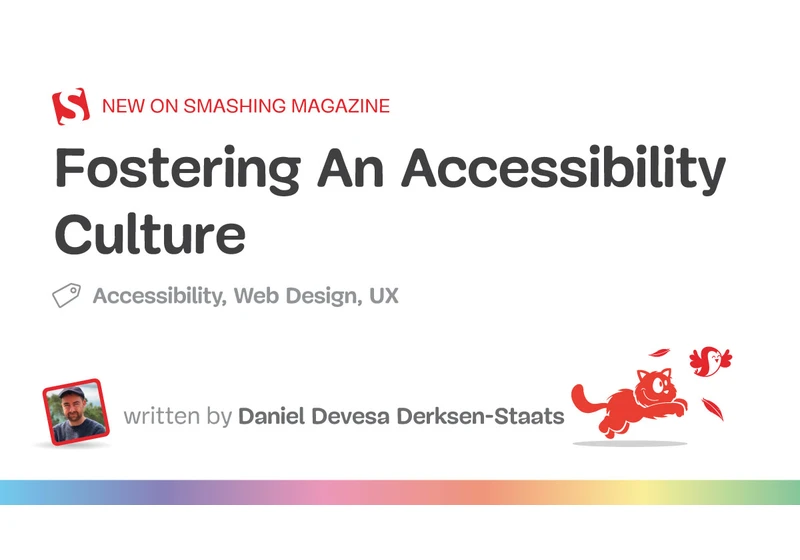
While there’s no definitive playbook for building an accessibility culture, Dani shares lessons from his experience in shaping it through habits rather than mandates. https://smashingmagazine.com/2025/04/fostering-accessibility-culture/
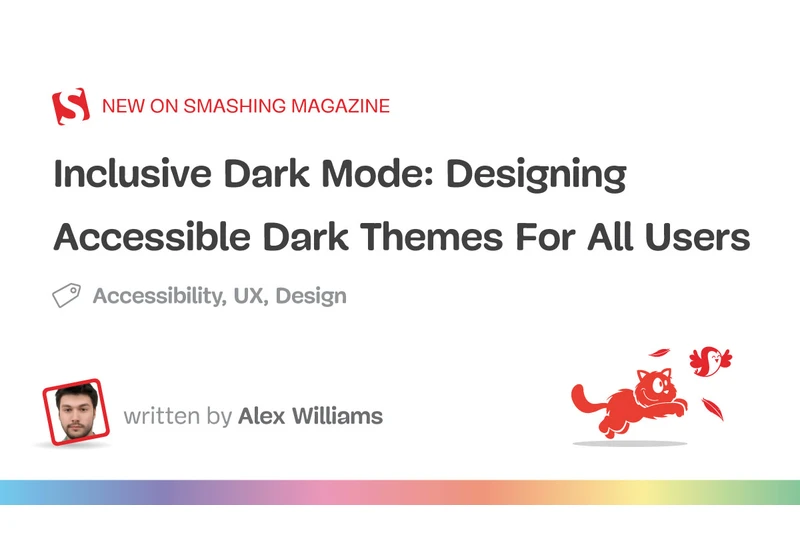
Dark mode isn’t just a trendy aesthetic. It’s a gateway to more inclusive digital experiences, but only if designed thoughtfully. Discover how to craft dark modes that don’t just look good but work for everyone, from those with light sensitivity to machine learning algorithms. https://smashingmagazine.com/2025/04/inclusive-dark-mode-designing-accessible-dark-themes/
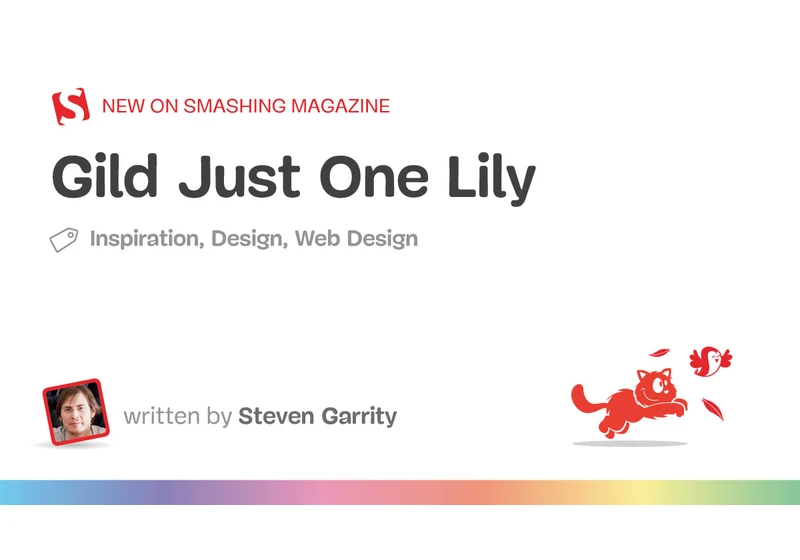
“Gilding the lily” isn’t always bad. In design, a touch of metaphorical gold — a subtle animated transition, a hint of color, or added depth in a drop shadow — can help communicate a level of care and attention that builds trust. But first? You need a lily. Nail the fundamentals. Then, gild it carefully. https://smashingmagazine.com/2025/04/gild-just-one-lily/

Animation makes things clearer, especially for designers and front-end developers working on UI, prototypes, or interactive visuals. Manim is a tool that lets you create smooth and dynamic animations, not just for the design field but also in math, coding, and beyond, to explain complex ideas or simply make everything a little bit more interactive. https://smashingmagazine.com/2025/04/using-manim-making-ui-animations/
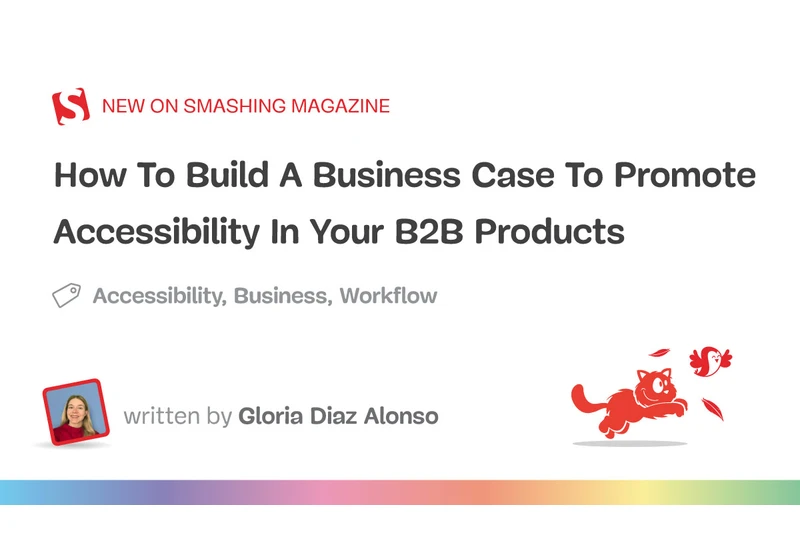
When passion for accessibility meets business indifference, what bridges the gap? Gloria Diaz Alonso shares how she turned frustration into strategy — by learning to speak the language of business. https://smashingmagazine.com/2025/04/how-build-business-case-promote-accessibility-b2b-products/
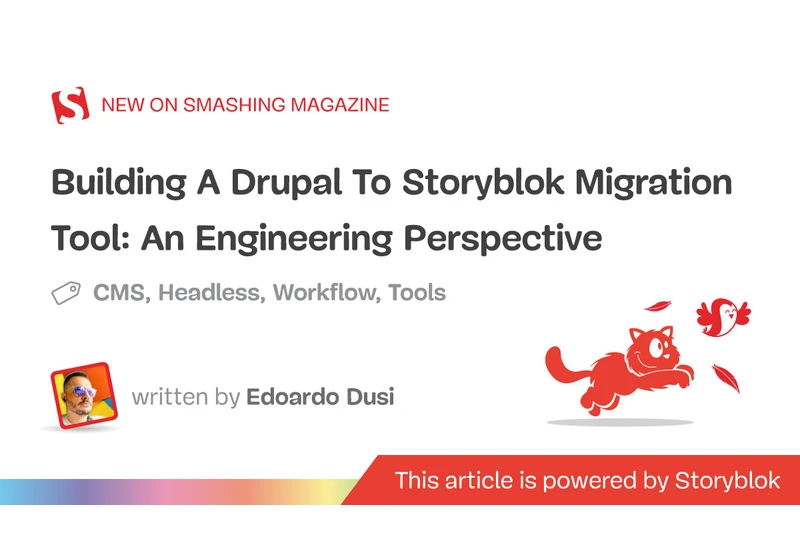
In this article, Edoardo Dusi shares the engineering and architectural choices made by the team at Storyblok and how real-world migration challenges were addressed using modern PHP practices. https://smashingmagazine.com/2025/04/building-drupal-storyblok-migration-tool-engineering-perspective/
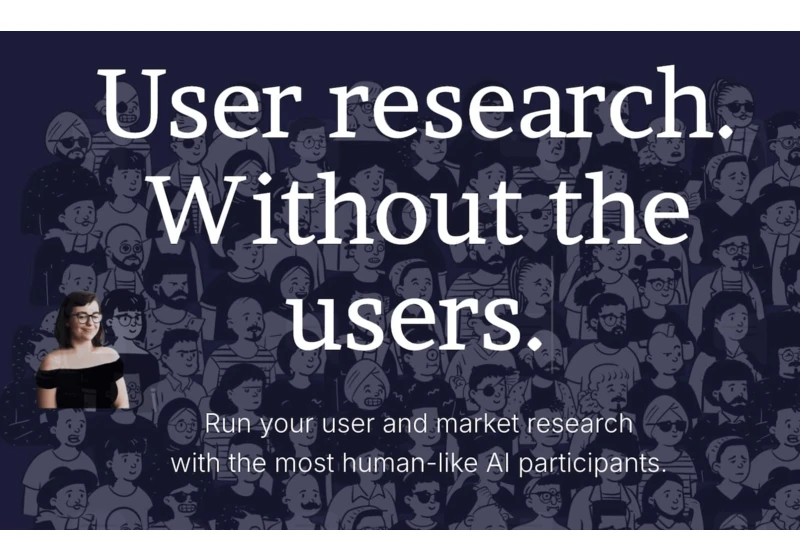
Companies have been turning their attention to “synthetic,” AI-driven user testing. However, as convenient as it might seem, it’s dangerous, expensive, and usually diminishes user value. Let’s take a closer look at why exactly it is problematic and how we can argue against it to make a case for UX research with real users. Part of Smart Interface Design Patterns by yours truly. https://smashingmagazine.com/2025/03/how-to-argue-against-ai-first-resea
